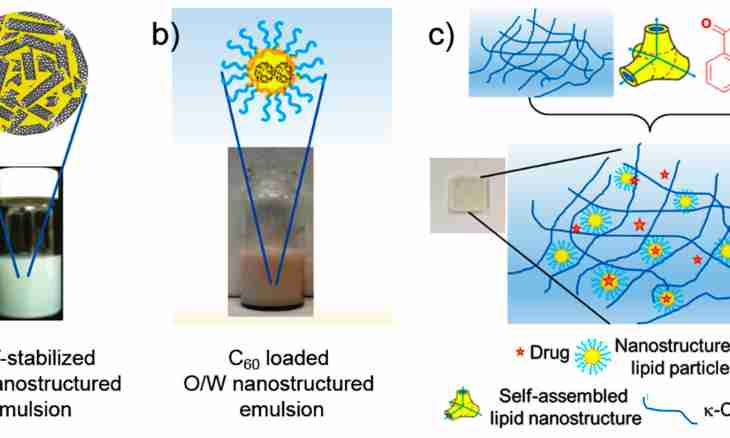The substances entering chemical reaction undergo changes of structure and the building, turning into reaction products. Concentration of initial substances decreases up to zero if reaction goes all the way. But the return reaction when products break up to initial substances can proceed. In that case balance when the speed of direct and return reaction becomes identical is established. Certainly, equilibrium concentration of substances will be less initial.
Instruction
1. There was chemical reaction according to the scheme: And + 2B = Century. Initial substances and a product of reaction – gases. At some point balance was established, that is, the speed of direct reaction (And + 2B = C) was equal to the speed of the return (In = And + 2B). It is known that equilibrium concentration of substance A is equal to 0.12 mol/litre, element B – 0.24 mol/litre, and substances B – 0.432 mol/litre. It is required to define initial concentration And yes B.
2. Study the scheme of chemical interaction. Follows from it that one mol of a product (element B) was formed of one mole of a substance And yes two moles of a substance B. If in one liter of reactionary volume it was formed 0.432 asking element B (under the terms of a task), then, respectively, 0.432 moles of a substance of A and 0.864 were at the same time spent asking element B.
3. Equilibrium concentration of initial substances are known to you: [A] = 0.12 mol/litre, [B] = 0.24 mol/litre. Having added those which were spent during reaction to these sizes, you receive sizes of initial concentration: [A] 0 = 0.12 + 0.432 = 0.552 mol/litre; [B]0 = 0.24 + 0.864 = 1.104 mol/litre.
4. Also you can define initial concentration of substances by a constant of balance (Kr) - the relations of works of equilibrium concentration of products of reaction to the work of equilibrium concentration of initial substances. The constant of balance is calculated by a formula: Kr = the [C] n of the [D] m / ([A]0x of [B] 0y), where [C] and [D] – equilibrium concentration of products of reaction of C and D; n, m – their coefficients. Respectively, [A]0, [C] 0 – equilibrium concentration of the elements reacting; x, y – their coefficients.
5. Knowing the exact scheme of the proceeding reaction, equilibrium concentration at least of one product and initial substance and also balance constant size, it is possible to write down conditions of this task in the form of the system of two equations with two unknown.
